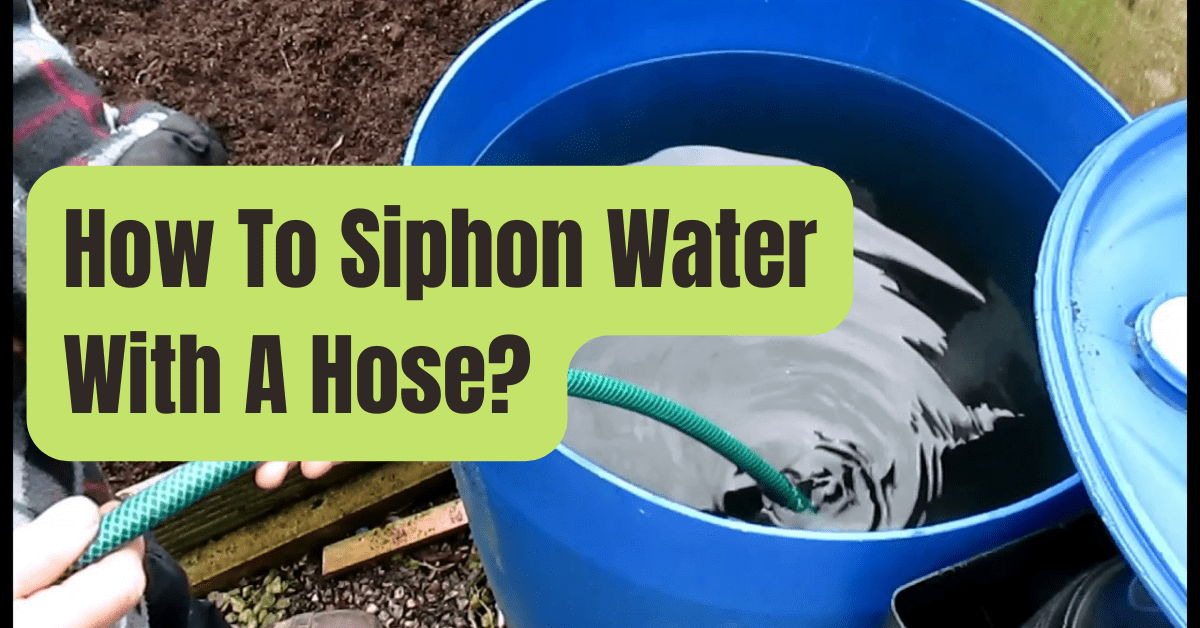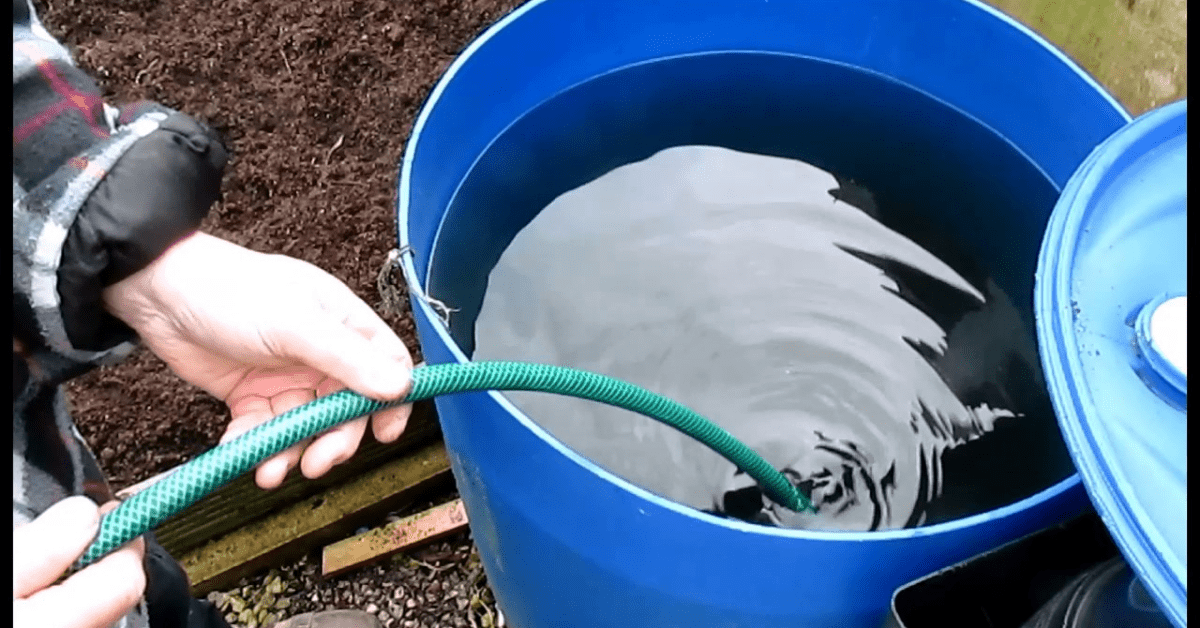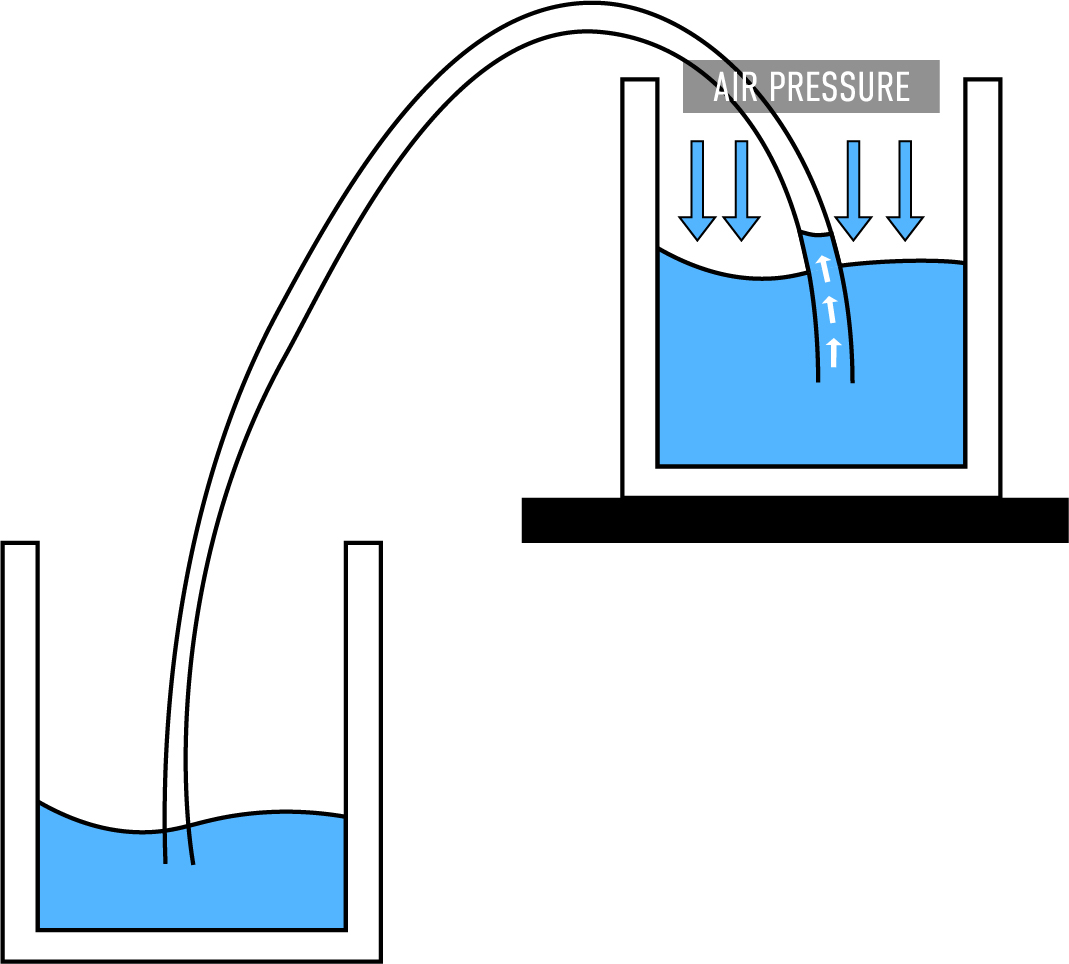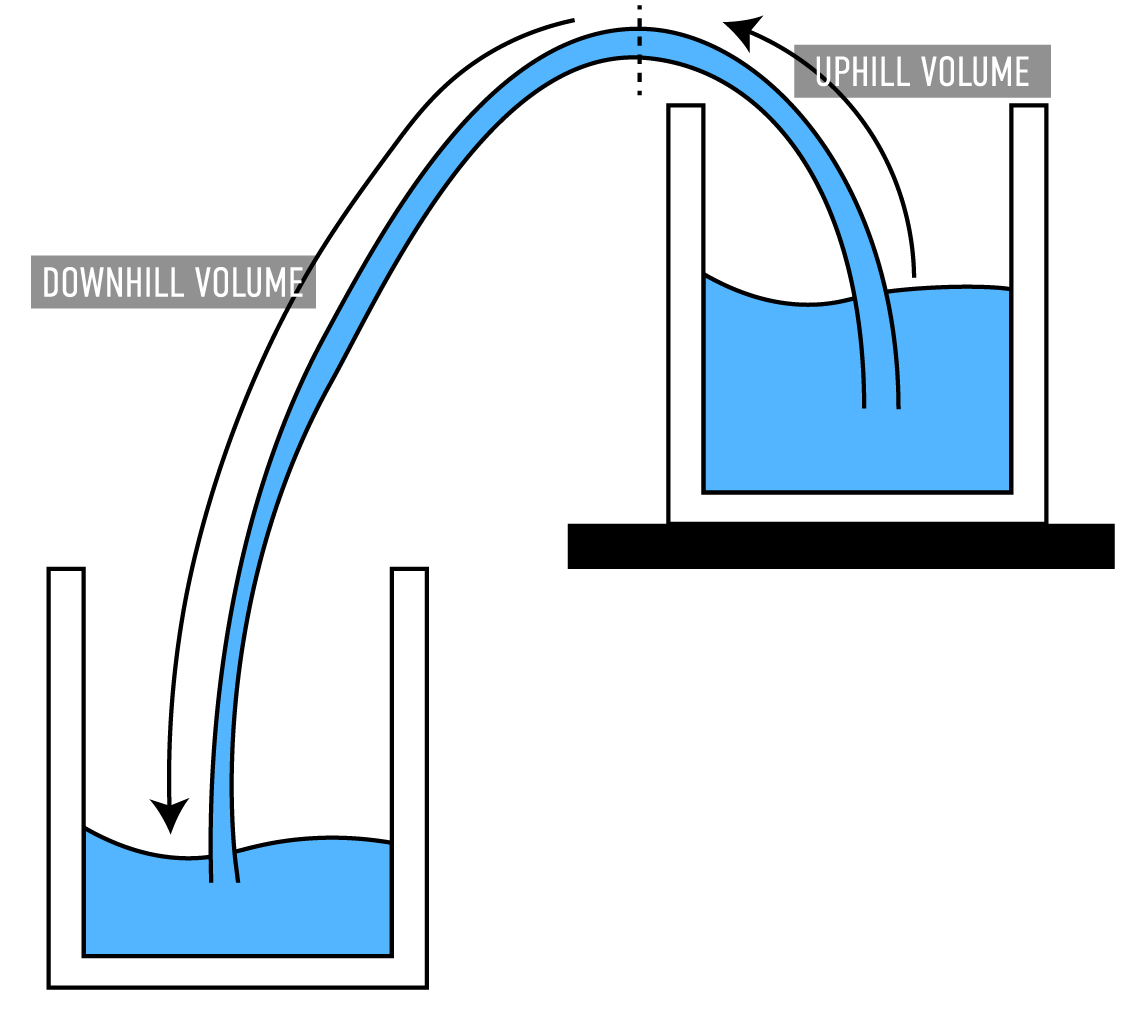
How To Siphon Water With A Hose? RVing Beginner
1. Get your materials. To make a simple straw siphon, as a kids science experiment, or demonstration of the physics involved in siphoning, you need two bendy straws, scissors, and tape. 2. Cut one of the straws. Cut one of the bendy straws right before the bendy part, so that the straw is no longer a bendy straw.

Siphon for irrigation Siphon principle YouTube
In this video, plumbing and heating expert, Richard Tretheway demonstrates how siphons work. SUBSCRIBE to This Old House: http://bit.ly/SubscribeThisOldHouse.

How To Siphon Water With A Hose? RVing Beginner
My Amazon store: https://www.amazon.com/shop/theburbbilly

How To siphon water without using your mouth Amazing Trick YouTube
3.58K subscribers Subscribe Subscribed 40K views 2 years ago Hey Ya'll. In this video, Dad and I are siphoning water out of a hole using a garden hose. This hole is part of the trench we dug to.

3 Formas de Sifonar Água wikiHow
How to siphon water uphill

3 Ways to Siphon Water wikiHow
Gear Sep 9, 2015 4:00 AM Here's How Siphoning Stuff Works Siphoning isn't about getting from point A to point B, it's about the journey. Getty Images Whether you need to get water out of a fish.

Mom siphoning pool water 101 YouTube
Outdoors With The Morgans 354K subscribers Subscribe Subscribed 14K 959K views 5 years ago In this video I build a simple, cheap siphon system to lower the water level in our pond. This type of.

3 Ways to Siphon Water wikiHow
1 Position an empty bucket. You'll need to use gravity to siphon water from one spot into a bucket. [1] The object that the water is coming from must be higher than its final destination. So, if you are siphoning water from a full bucket to an empty bucket, place the destination bucket on a stable, lower surface. [2] 2 Position a siphon tube.

3 Ways to Siphon Water wikiHow
A siphon is used to transfer fluid without the use of a pump. It can be used for many purposes including transferring gasoline, emptying bad gas, draining a pool or pool cover, farming uses, and.

3 Ways to Siphon Water wikiHow
6.9K Share 601K views 8 years ago Need to siphon something but don't want to suck on a hose? Here's how.more.more Stop Drinking Gas! The Original Safety Siphon Is Magic Absolute BEST way.

the science behind siphoning
Top 3 Traditional Ways To Siphon Water: 1. Use a Faucet and Garden Hose This method is commonly used when working with a high volume of liquid stored in a larger container. The wide diameter of the garden hose is an advantage in a case like this, but may pose a problem for smaller applications.

How To Siphon Water Save the Drop LA
Step 1: Gather your materials. Step 2: Fill the pool hose with water. Step 3: Secure the hose to the vacuum head or a weighted pool hose. Step 4: Remove the air from the hose. Step 5: Create a siphon. Step 6: Monitor the siphon. Step 7: Finish up. Advantages and Disadvantages of Siphoning Water Out of a Pool. Disadvantages.

3 Ways to Siphon Water wikiHow
Step 4: Use Your New Syphon. Your syphon is now complete. Find some water and put the free end of the pipe into the water. Squeeze the bottle a bit and some air bubbles should come out of the pipe at the water end. Make sure the bottom of the bottle is below the water and release your squeeze on the bottle.

How To Siphon Water Upwards Fast And Effective Methods
Traditional Methods Method 1 Method 2 Method 3 Modern Methods Abstract FAQs How Do I Transfer Water From A Low Level To A High Level? Can A Siphon Work Low To High? How Can I Get Water Uphill Without A Pump? How Do You Calculate Maximum Siphon Height? Can Water Be Siphoned at All When Between Different Levels?

How Does a Water Siphon Work? Water Siphon NZ
In this video I create a siphon using a garden hose. I used it to remove standing water in a low spot in my yard. I call this low spot the "sand bunker". It.

the science behind siphoning
GO A siphon is a way to carry water uphill without the use of pumps. It consists of a hose full of water with one end in a water source and the other end pouring out into a destination that is below the source. A combination of gravity and atmospheric pressure drives the water through the hose, even if parts of the hose.